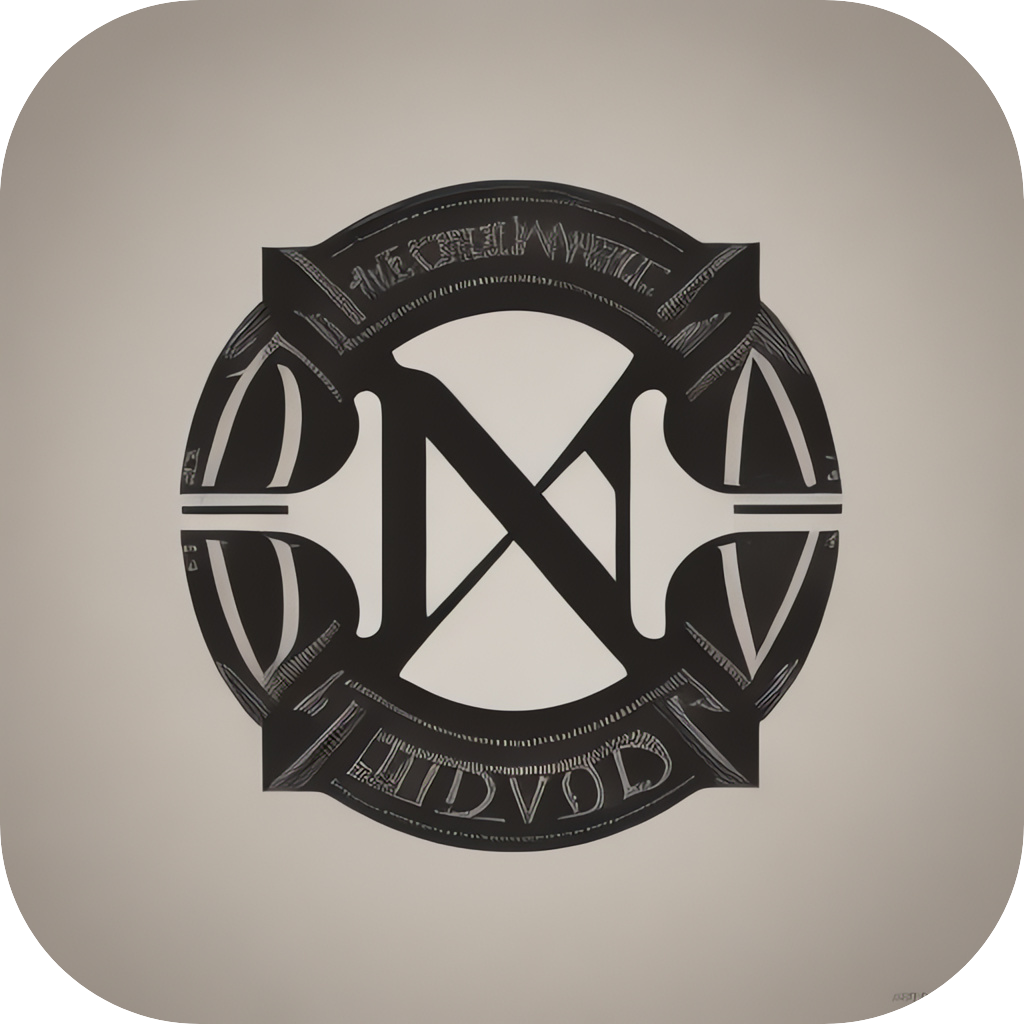Mastering MarkdownMind: Unleashing the Ultimate Skills for Efficient Note-taking and Project Management
In the digital age, where information flows at an alarming rate, having an efficient way to capture, organize, and manage data becomes crucial. One powerful tool that can transform your note-taking and project management from mundane to spectacular is MarkdownMind. This article provides an in-depth guide on mastering the art of using MarkdownMind, which, once learned, will likely become an essential part of your daily productivity toolkit.
1. **Introduction to MarkdownMind**
MarkdownMind is a powerful markup language for creating structured documents, notes, and ideas in an efficient and visually pleasing format. Unlike traditional text editors, MarkdownMind allows for a cleaner representation of content, reducing clutter and enhancing readability. Integrating it into note-taking or project management can not only improve the quality of your work but also increase productivity by simplifying the workflow.
2. **Basics of MarkdownSyntax**
To effectively utilize MarkdownMind, one must first familiarize themselves with its syntax—essentially, the set of rules for formatting text. Here are some key elements:
– **Headers**: Utilize the `#` symbol to create headings, with each additional pound symbol increasing the heading’s depth by one. For instance, `## Subheading One` creates a subheading.
– **Lists**: Add `*` for unordered lists or `-` for ordered lists. Nested lists can be created within `*` or `-` by adding a `\` followed by more spaces.
– **Links**: Encapsulate URLs within square brackets paired with text enclosed in parentheses: `[Link Text](URL)`.
– **Emphasis**: Use `**` for bold and `*` for italics. Mixing both can be achieved with `**Bold Italic Text**`.
– **Code Blocks**: Highlight blocks of code with three backticks on each line before and after the code block.
– **Tables**: Create a table by starting a new line, then using a pipe symbol (`|`) between columns, followed by rows defined by the same number of columns.
3. **MarkdownMind and Project Workflow**
Incorporating MarkdownMind into your project workflow, especially for larger projects with multiple contributors, can significantly streamline tasks. Here’s an example of how you may structure a project:
– **Overview**: Start with a Markdown file that briefly introduces the project.
– **Plan**: Include a section detailing project scope, goals, and expected milestones.
– **Tasks**: Organize separate headings for individual tasks, each containing subheadings for different actions steps required.
– **Assignments**: Use tasks to assign responsibilities, noting collaborators’ names and expected completion times.
– **Discussion**: Under each task or section, include notes or bullet points for discussions or considerations.
– **Completion/Tracking**: Track progress by marking tasks as “in progress” or “complete”. Use a system at the top or bottom of the document to summarize achievements.
4. **MarkdownMind for Personal Note-taking**
Personal note-taking benefits equally from MarkdownMind. Here’s how:
– **Diary**: Maintain a diary to note down daily observations, thoughts, and experiences with a simple header for each entry.
– **Tasks and Reminders**: Create tasks within a daily or weekly overview, detailing what needs to be done and by when.
– **Learning**: Use structured headings to categorize notes from lectures, books, or online courses. For example, under “Mathematics”, break down topics like “Sets”, “Functions”, and “Probability”.
– **Notes and Quotes**: Collect motivational quotes or snippets that inspire into a dedicated section. Link to the source for a thorough reference.
– **Bookkeeping**: Simplify your bookkeeping by entering transactions within a structured format that MarkdownMind can easily parse. Track by date and category.
5. **Enhancing MarkdownMind**
For those looking to enhance their note-taking or project management skills, integrating tools like **GitHub** or **Notion** alongside MarkdownMind can amplify productivity even further. GitHub, for instance, is ideal for version control in larger, more complex endeavors such as software development or collaborative research projects. Notion, while offering a range of features, can complement MarkdownMind by allowing rich media integration and collaboration.
6. **Tips for Effective Use**
– **Regular Practice**: Regularly revisiting and practicing the basics of MarkdownMind enhances proficiency over time.
– **Collaboration Tools**: Utilize platforms like **Slack** or **Microsoft Teams** to share MarkdownMind documents, facilitating collaboration.
– **Automation**: Explore **IFTTT** or **Zapier** to automate simple tasks, like syncing notes between devices or alerting you of tasks that need attention.
– **Resources**: Regularly refer to **Markdown** guides and tutorials to deepen understanding and discover new ways to structure and present ideas.
Mastering MarkdownMind opens the door to more efficient note-taking and project management, enhancing both personal and professional productivity in the digital age. Whether it’s managing a complex project or preserving personal thoughts, MarkdownMind equips you with a powerful tool to organize and present your ideas in a clear, concise, and visually appealing format.
